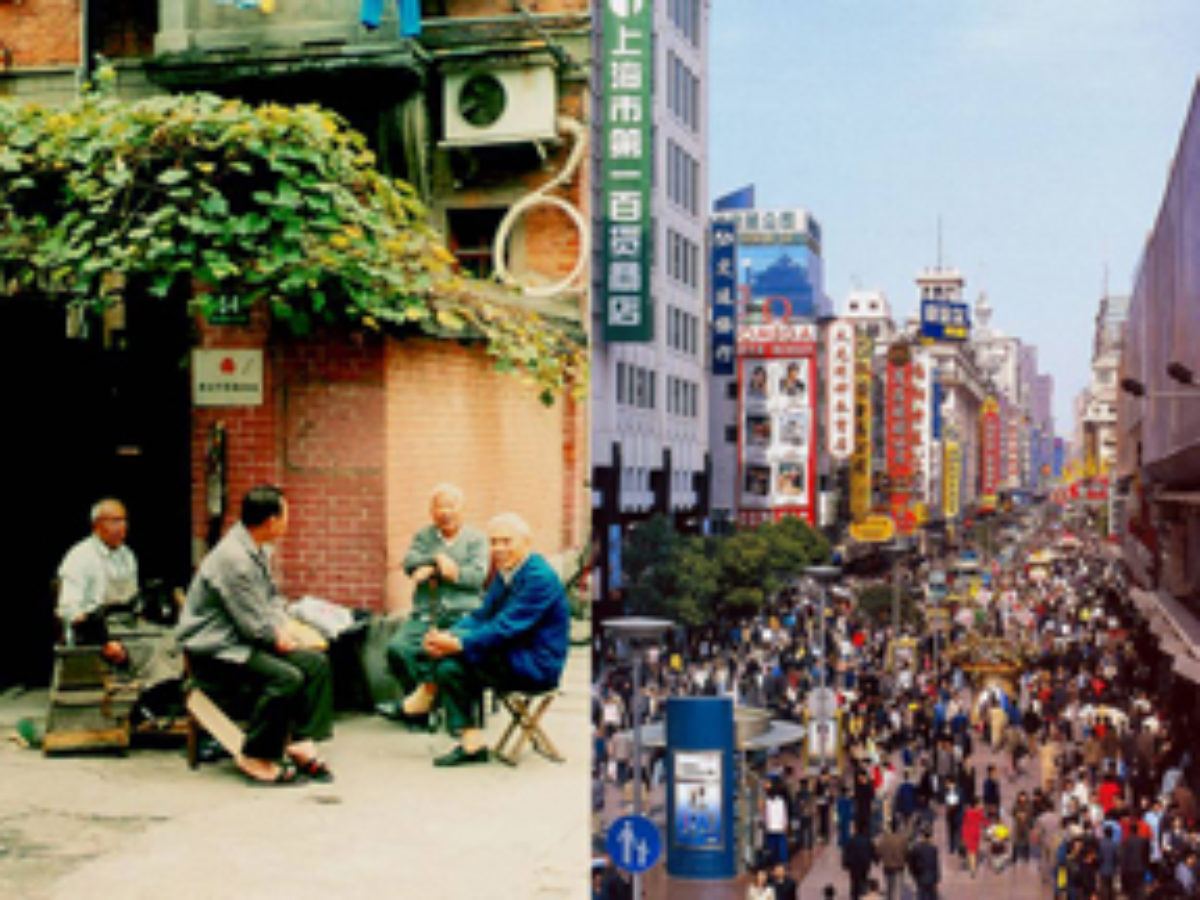China Urban Research Fund Project

At this juncture, China appears to be at a mid-point in its present period of urbanization, with on the order of another 350 million inhabitants likely to become urbanized during the next 25 years or by mid-century. To date, since the opening of China to the outside world in 1978 and its transition into a fuller market economy, modernization and urbanization has been both rapid and considerable in overall scale. Generally for many in China, their physical well-being and opportunities for continued prosperity have been improved, often dramatically. For others this has not so far been the case. Nevertheless, many issues associated with urban development remain unresolved or inadequately addressed. Among them, the likely scales and spatial distributions of future development are not well understood, nor are more specific patterns of urban settlement and particularly those in and around the urban-rural interface. Urban management is undergoing substantial review and potential realignment in conjunction with broad shifts in policy, such as under the 11th Five-year Plan, and with regard to emerging regulation and changes in local practices. Urban environmental sustainability remains perilously unresolved, with mounting resource consumption, often egregious lags in environmental remediation, and a paucity of demonstrably viable initiatives and practices. Adequate housing and related service provision, especially among lower-income groups, as elsewhere in rapidly developing and relatively poor circumstances, also remains an important issue.
Clearly, resolution of any one of these issues lies well beyond this or any other singular research effort. Rather, here the aim will be to focus on a four-part topical agenda of urban formation, urban management, urban-environmental sustainability and urban housing, for the purposes of: 1) gathering pertinent background information about phenomena under consideration, 2) highlighting what appear to be specific issues and trends, 3) identifying and describing reasonable practices, and 4) generally serving as a source of well-qualified information about China’s urbanization for use in educational and other research exercises.
Sponsored by the East West Cultural Development Center, Singapore